Preventative & Diagnostic
“An ounce of prevention is worth a pound of cure”
-Benjamin Franklin
Digital X-rays
Digital X-rays use 80% less radiation than film, and are one of the best diagnostic tools we have. We cannot see cavities between teeth (one of the most likely places for them to occur) without x-rays. They also help to screen for things like oral cancer, cysts, tumors, abscesses, bone loss, sub-gingival tarter, & more. We also have the ability to take a CT-Scan which is a 3D image, a very useful tool in measuring bone height/ width especially for implant placement.Cleanings & Periodontal Maintenance
Dental cleanings are a vital part or your oral health and your overall health. Cleanings, otherwise known as prophylaxis, involve the removal of plaque and tarter from around the tooth surfaces primarily above the gum level. The ADA recommends cleanings twice per year, and for most people that’s sufficient. However, genetics, diet, medications, saliva production, and oral hygiene, among other factors, play a significant roll in our ability to maintain good oral health. Some of us require more frequent visits to the dentist. It’s important to remember that just because we need something, doesn’t mean that dental insurance will cover it. A common misunderstanding is that cleanings are free with dental insurance. While, this is true for most policies, a better interpretation is that cleanings are typically covered at 100% of the insurance company’s allowable amount, which may be less than our charge. In some cases, deductible’s, maximums, and frequency limitations may apply.
What’s the difference between Periodontal Maintenance and Cleanings? It’s really just semantics. Periodontal Maintenance is done following periodontal therapy which is treatment for gum disease and is basically a cleaning. However, this procedure may involve treating some areas sub-gingivally (below the gum level). Most people benefit from more frequent cleanings (3-4 times per year) following periodontal treatment to ensure that the disease (while chronic) doesn’t become active again. Sometimes insurance covers the extra two visits when coded this way, but often not. The goal is to eventually move the patient back to a six month schedule.
Dental Exams
Your comprehensive dental exam at Cook Dentistry will include a complimentary oral cancer screening in addition to checking for cavities. We will also check periodontal measurements or probe depths which help determine if your gums are healthy or if disease is present. We will use other tools like the intra-oral camera to help find and document any abnormalities or areas of concern. Digital x-rays are prescribed at regular intervals to catch things we cannot see with the naked eye. Your semi-annual dental exam can save you time and money when problems are caught early.
Fluoride
We recommend and offer an incredible fluoride varnish developed by 3M that can greatly reduce the risk of cavities and of course is applied topically. This article helps dispel some of the myths regarding Fluoride and explains how it re-mineralizes tooth enamel when the ph in the mouth drops. Here is a great article we found online that explains the difference between systemic fluoride and topical fluoride. Fluoride is one of the best things you can do to help prevent cavities in your kids teeth. We also often recommend fluoride in adults to help decrease sensitivity.
Sealants
At Cook Dentistry, we offer a revolutionary glass ionomer sealant and surface protectant. Sealants are most often recommended for young patients as their adult molars begin erupting. Their purpose is to seal and protect the grooves in surface enamel from getting cavities. The self-bonding, high fluoride releasing GC Fuji TRIAGE sealant creates a strong, acid-resistant fused layer. The sealants we use have six times more fluoride than other brands, and can release fluoride for up to twenty-four months, helping to prevent tooth decay from acid and bacteria. This is a great option for children, especially those who don’t quite have their home care routine established.


